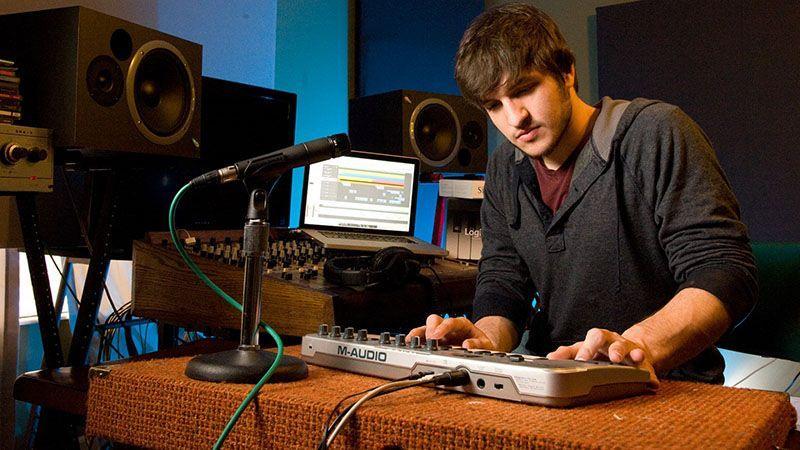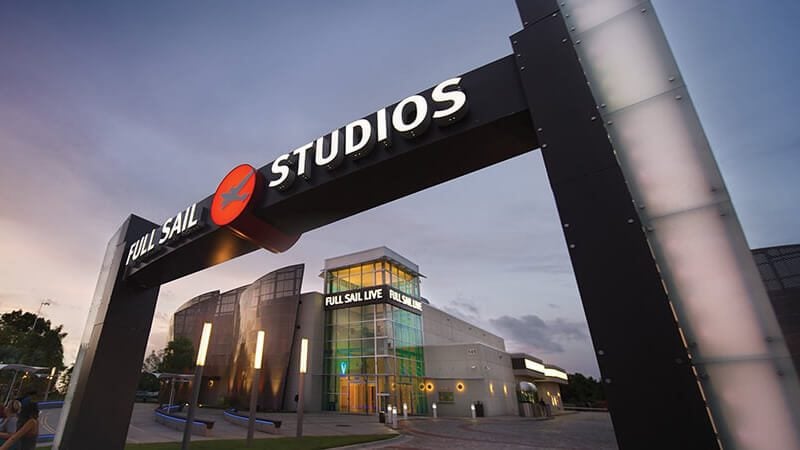Career Information
There's No 'I' in UX: Working Together to Create Amazing User Experiences
There was a time, just a couple decades ago, when establishing effective workplace communication between designers and developers was a pressing concern within the tech industry. In recent years and in most cases, however, the division between the once at-odds fields has narrowed considerably - often to the point of comfortable overlap.
At older, more traditional companies - where the division arose in the first place - this integration is the result of purposeful, strategic effort. At newer, emerging companies, it's spun into the fabric from day one.
Paul Hershey, Product Designer at Code School, says this cozying-up is simply a natural and necessary progression. “In the 90s, the Internet was kind of a new thing. It was exploding at that time. The need for digital products was high, and the number of people providing them was low. So if you made something that even remotely worked, it was successful. But the market is saturated now, and if you don’t have something that’s cutting-edge and extremely user-friendly, and provides a lot of value to the customer, your product is just not going to survive.”
“Companies with a more traditional business model, where departments are separated and communication is thin, are less likely to provide a valuable product to an end user. There's an abundance of great products out there, and flat organizations that are agile, data-driven, and customer-focused are going to rise to the top.”
For additional insight on company-wide transition and adaptation, we spoke with senior HBO creatives Ryan Wilkerson (VP of Experience Design) and Aaron Nonis (VP of Interactive Application Engineering), both of whom visited the Full Sail On Air Studio earlier this year.
“The older way of developing software is very waterfall,” explains Ryan. “A designer or program manager might specify a requirement, a designer might create wireframes, the wireframes get handed off to the developer, the developer integrates, then it goes back to the art team … That’s where I grew up in development. It’s a very comfortable place. It’s a very logical place. But it does not yield the best product at the end of the day. If there’s a recurring theme in what Aaron and I are trying to bring to the HBO digital product, it’s that sense of integration between engineering and design. We are two sides of the same coin.”
(Below, Ryan discusses the evolving relationship between engineers and designers.)
Working together in a truly effective way, however, requires more of employees than friendliness and close proximity. It also means accommodating each other’s methods and priorities, acquiring a few mutual technical skills, and - most importantly - understanding that user experience trumps all. Granted, "establishing effective workplace communication" sounds like the subject of a company retreat nobody wants to attend; but at HBO, the integration began with a few simple conversations.
“We have learned a fundamental lesson,” explains Ryan, “that the design team does look at things from a different point of view than the engineers. And we value different things. I’ll give you an example. For a lot of the engineering team, very logically so, their number one priority is efficiency. And I didn’t realize that that was their motivation. I had to understand and kind of build that vocabulary to explain that’s not our motivation. Our motivation is what the customer feels. What are the emotions that they feel when they access this screen? That’s a very abstract notion, and trying to distill emotional experiences of an interface down into code has been a challenge.”
To combat that challenge, Ryan hires “technical designers,” or creatives who can maintain in-depth conversations with the people who write code. Similarly, Aaron says the members of his engineering team need “quite a bit” of design knowledge. Sometimes it’s pixel-related; sometimes it’s more abstract. “When you’re thinking more about transitions, and going through the application, that’s sort of a non-visual aspect," Aaron explains. "As I transition from page to page, which of these pages are actually doing similar things? Which of these pages are doing fundamentally different things? That level of abstraction … that’s more than pixels on a screen.”
Thanks to leaders like Ryan and Aaron, HBO is evolving to meeting the demands of the digital age with grace and - in some cases (think Game of Thrones or Girls) - triumph. At newer companies like Code School, though, collaboration is not an objective; it's a load-bearing pillar of company culture.
"As a UI/UX interaction designer, my ultimate goal is to create a very exciting, very useable product," Paul explains. "I try to approach products from a heuristic point of view. I always focus on data, learn from behavioral patterns, and making sure ideation is in line with the needs of the personas. It's user-driven design. It's not a new field, but it has become an important part of the design conversation over the last few years, and it's helping to tie everything together. Taking user experience seriously has allowed designers and data analysts to sit down with marketing, to sit down with developers, to sit down with all facets of the company, to understand and build a product that users want."
Paul - who's as comfortable behind a drum kit as he is behind a tech conference podium - says the process feels much like writing music with a band. Everyone brings something different to the table, and the outcome depends on how well the various elements work together. "We go over ideas, figure out an approach, do whiteboard challenges. It's a very creative activity. The only way to create a product that appeals to customers, that really motivates them to get on board with your product, is by having a team and good communication within your company."
Appealing to customers is an elusive concept, of course, but Paul says it currently hinges on modern minimalism, integration, and ease of use. "It's about giving people access to your product with the least amount of resistance. People are expecting to see more free, quality content, so the freemium business model will continue to be important."
"As more people come online in the digital age, and more people are immersed in technology, their demands for quality products are going to be higher and higher; and it's our responsibility as designers, developers, product owners, and stakeholders to continue to innovate and build better products."
Whether you’re ready to apply or just want to learn more about Full Sail University, our Admissions Representatives are here to help. Call us or request more information.
Keep Exploring
- Game Business & Esports
- Computer Science
- Accolades & Awards
- Industry Research
- Courses
- Mentorship
- Student Work
- Hall of Fame
- Innovation & Entrepreneurship
- Behind the Scenes Tour
- Course Info
- Military
- WWE
- Tuition
- Game Art
- Audio Production
- Film & Television
- Events
- Emerging Technologies
- Financial Aid
- Media Communications

